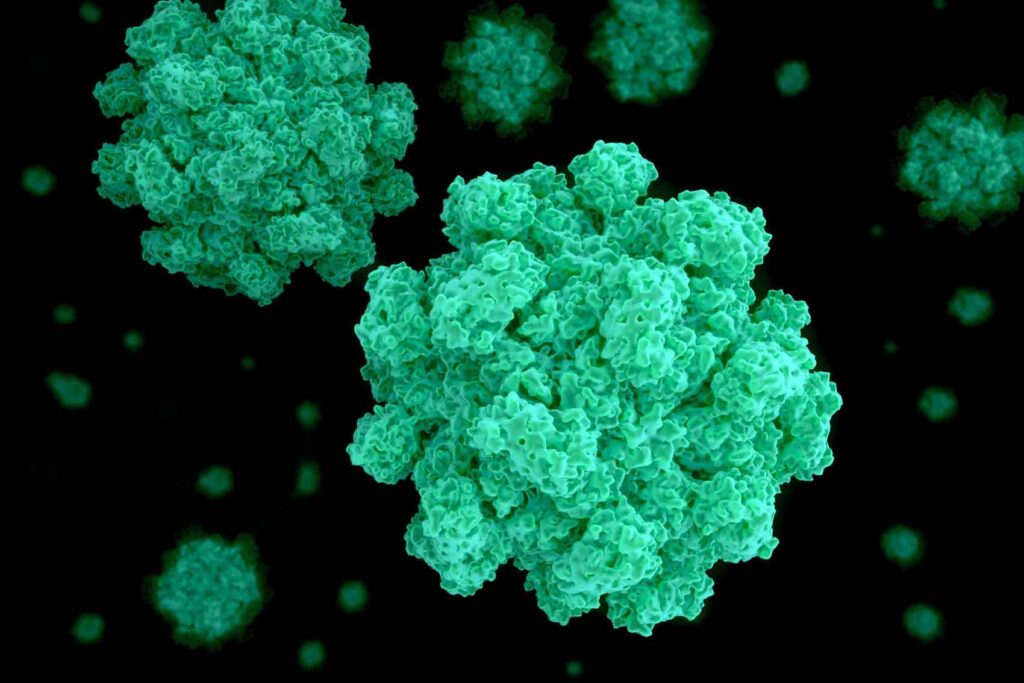Increased viral activity this winter includes an increase in the number of norovirus cases, a highly contagious stomach and gastrointestinal virus. Symptoms include severe vomiting and diarrhoea. Proper hand washing is the most important way to prevent norovirus transmission.
The outbreak of COVID-19 and its variants has been followed by an increase in the activity of many viruses, including the recent severe surge in RSV and influenza. Recent data from the U.S. Centers for Disease Control and Prevention (CDC) show an increase in cases of norovirus, a common and contagious viral infection involving unpleasant gastrointestinal symptoms such as vomiting and diarrhoea, in the United States. Norovirus infections increase each winter, with an average of 2,500 reported cases from November to April. It often occurs when people are nearby and touching contaminated surfaces. Viruses can spread in places such as schools and daycares.

What is norovirus?
A virus by the name of norovirus causes illness by the same name. Gastroenteritis, stomach flu, or food poisoning are typical names for it. Severe stomach pain, projectile vomiting, and diarrhoea are common signs of norovirus infection, which can cause serious inflammation of the stomach and intestines. A fever may come on in certain persons. The virus can cause severe dehydration in young children, the elderly, and individuals with weakened immune systems. Rarely, the infection may be fatal or need hospitalisation.
How contagious is the virus?
Norovirus is highly contagious. And those who have it are contagious from the onset of illness until a few days after the onset of recovery. In fact, it is most contagious when symptoms begin and shortly after symptoms subside. However, a small amount of the virus can be shed for several weeks after symptoms subside. Because the virus is constantly changing and our bodies do not create long-term immunity, we can be infected with norovirus multiple times. Norovirus is a very hearty virus. It can withstand freezing and heating up to 140F. Additionally, bleach should be used to disinfect the surface as it is resistant to many alcohol-based disinfectants.
How does norovirus spread?
The virus is spread by faecal-oral transmission from an infected person who has contaminated food or surfaces, or by direct contact with the vomit or faeces of an infected person. For example, if an infected person touches a doorknob with unwashed hands and you touch the doorknob and then touch your mouth, you are more likely to catch the virus. Parents of young children can easily become ill from their inability to change diapers, practice hand hygiene, or from airborne particles from a vomiting child.
How do I know whether I have the norovirus or something else?
Unless you need to be hospitalised or have a condition that necessitates determining the cause of your illness, you normally won’t be able to understand the difference and it won’t matter. Stool samples can be utilised in several tests, but they are both rare and costly.

To get quality diagnosis and treatment for norovirus visit Texas Specialty Clinic. We provide quality primary care services. Call us now.

